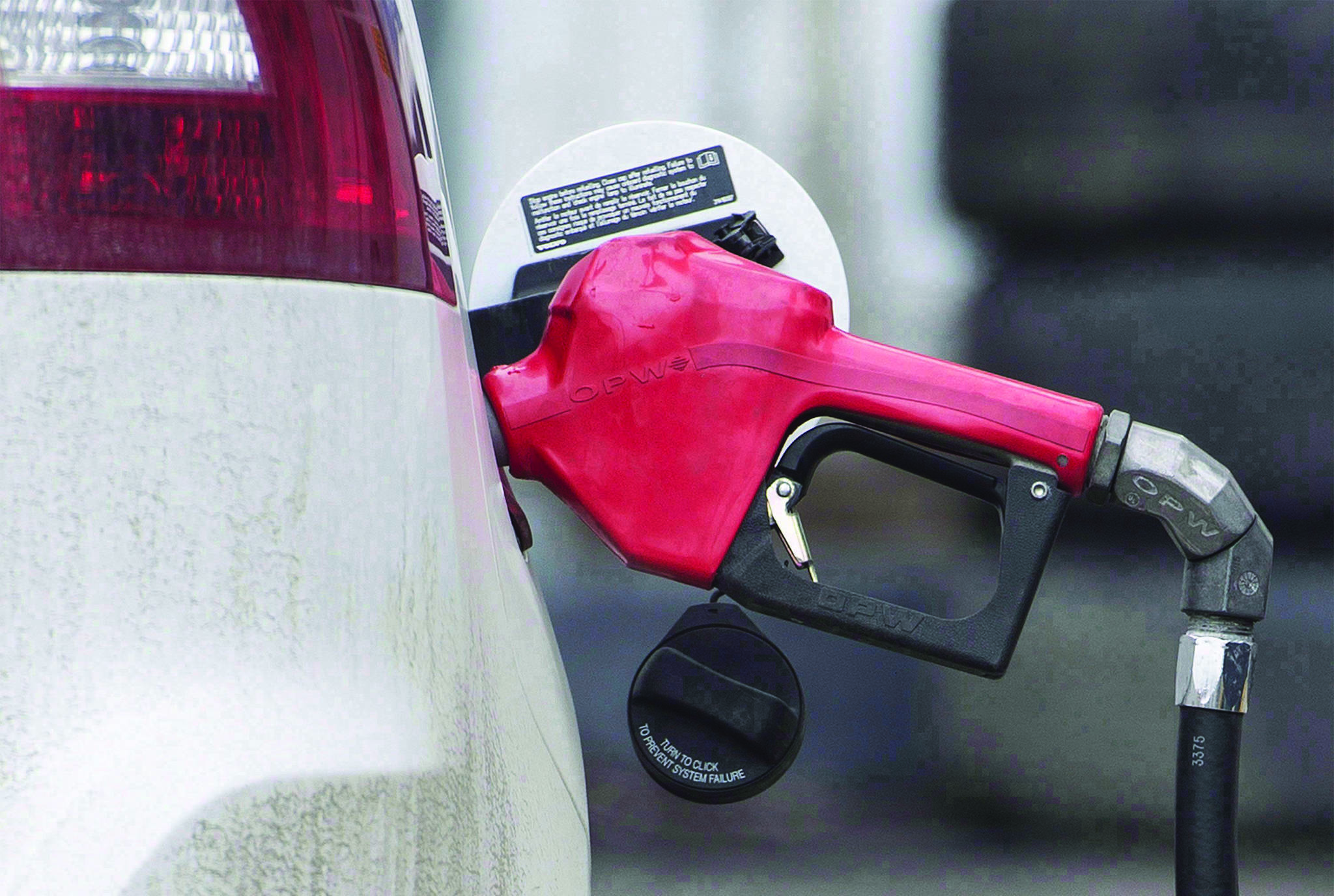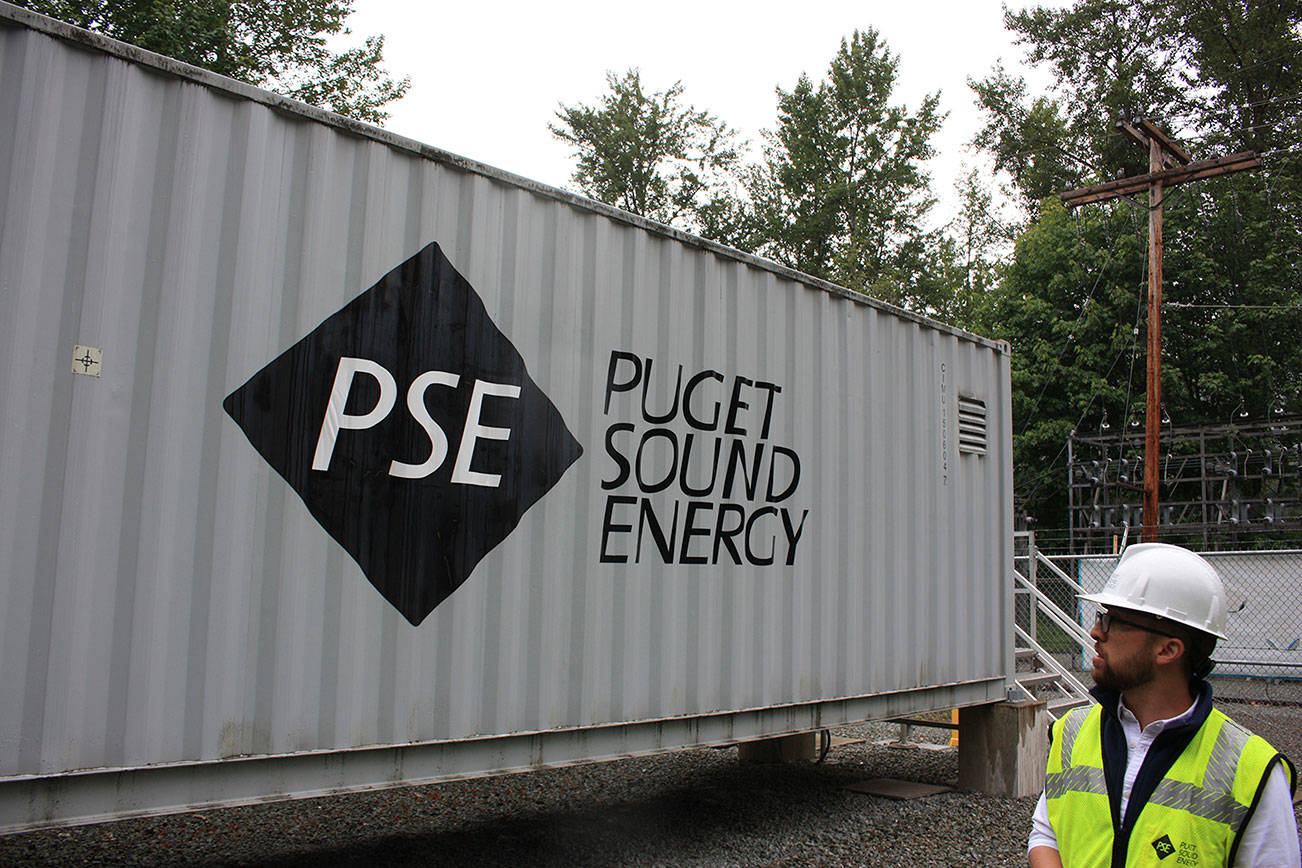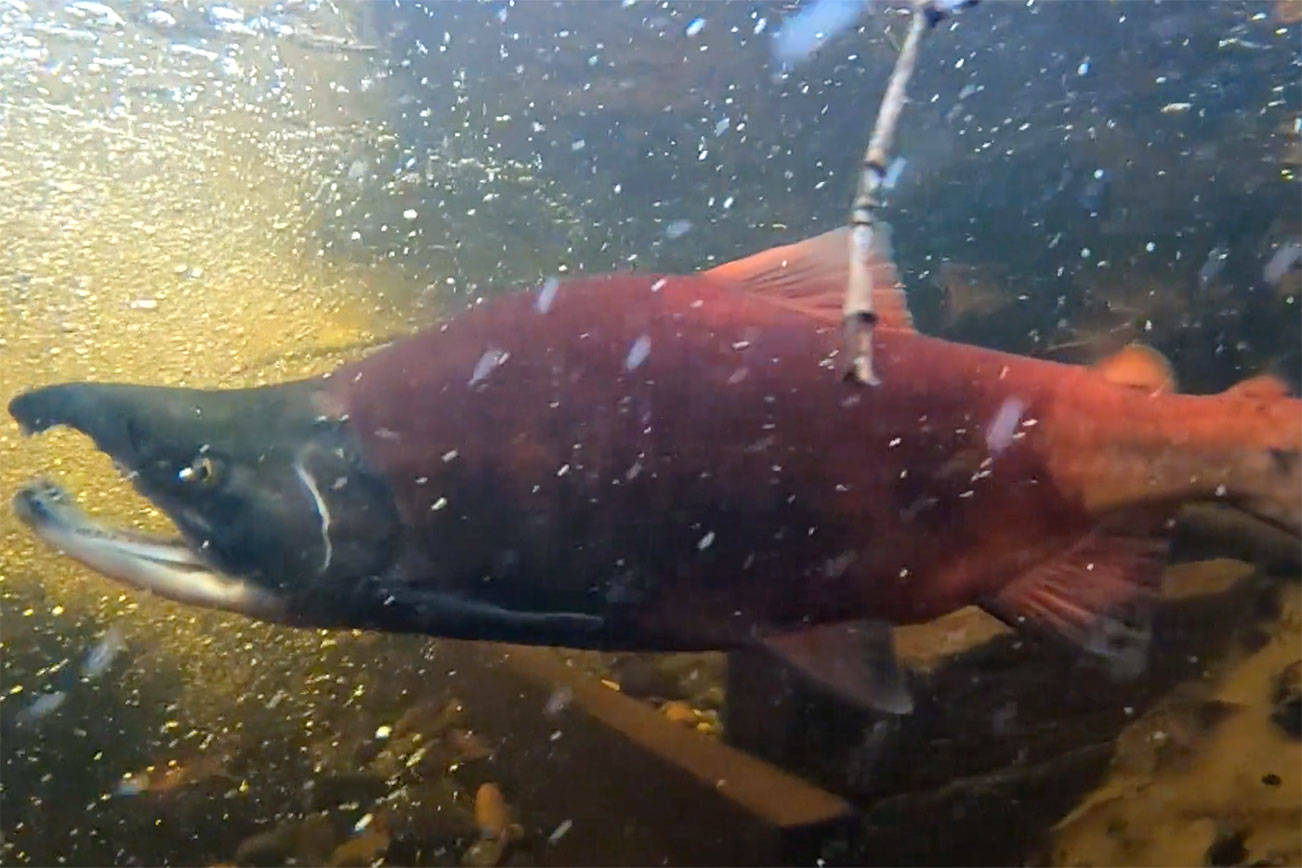Low gas prices have been turning more heads than wheels in recent weeks in the wake of an oil price war and as the Covid-19 pandemic continues.
The average cost of a gallon of regular gas in Washington state, as of April 29, was $2.46, more than $1 cheaper than this day last year, according to AAA. Fuel prices have been in free fall around the world due to the Covid-19 pandemic, and oil overproduction by the world’s largest suppliers.
Around the U.S., Rocky Mountain states and those to the west have average prices topping $2 a gallon, along with several states in the Northeast. The rest of the country has lower prices with many Midwest states seeing per-gallon prices closer to $1 than $2.
It’s a familiar pattern for Jeanette Casselano, public affairs manger for AAA. The West Coast and Northeast have higher fuels taxes and transportation costs than the South and Heartland, driving pump prices higher. Washington state’s gas tax is more than 49 cents per gallon. Missouri has the nation’s lowest at 17 cents.
These discrepancies would exist even in the absence of the coronavirus pandemic, but outbreak has affected prices significantly.
“With the bulk of the country staying at home reducing driving, that means there’s a large decrease in terms of gasoline demand,” Casselano said.
Generally the country uses some 9 million barrels of oil a day this time of year. But with states enacting stay-at-home orders, that has dropped to about 5 million, she said.
And the lower demand from countries around the world comes amid a global glut of crude oil.
Earlier this year, Saudi Arabia and Russia kicked up a production war. But even before then, the world had more oil than there was demand for. In recent weeks, the price of oil has gone negative, and storage space for crude has dwindled. Tanker ships full of oil sit at sea with no one wanting to buy the cargo.
The price of an oil barrel was $15.50 as of midday on April 29, far lower than last December, when a barrel sold for $63.
And it’s well below the minimum of $35 to $45 that U.S. shale producers need to break even, said Scott Montgomery, a lecturer at the University of Washington’s Jackson School of International Studies and former petroleum geologist.
“They are really hurting. Not only are they losing on what they have, but many of these companies are heavily in debt — they’ve had to borrow a great deal over the last 10 years,” Montgomery said.
North American shale oil fields are mined by fracking, an intensive and expensive process when compared with other global producers. While Saudi Arabia and others can afford to sit out periods of low oil prices with relatively little impact, the U.S. as well as several developing countries cannot.
Many oil producing nations have come to an agreement to reduce the number of barrels produced globally, but it’s unknown whether that will be enough to reduce the glut this year.
Already, U.S. oil companies have filed for bankruptcy, and Montgomery expects more to follow. There are other possible impacts too.
“The pressure to take electric vehicles, and choose those in place of traditional cars and trucks will go down, so there’s a concern about that. There’s a concern that the recycling of plastics will become too expensive compared to just one-time use, and we have this very interesting situation of the oil industry asking for help from the government,” Montgomery said.
That could force companies under, and without a plan in place to care for workers, it could decimate rural towns.
Lower gas prices could lead more people to drive and fly when Covid-19 restrictions begin to ease, and more may opt to keep internal combustion engines instead of switching to an electric vehicle.
Emissions have been steadily falling as the outbreak wears on. In the U.S., passenger vehicle traffic dropped by nearly 40 percent, with a corresponding drop in emissions. But it’s likely that — similar to what’s happening in China now — once restrictions are eased, the emissions will rebound without government intervention.
Aseem Prakash, founder director of UW’s Center for Environmental Politics, said overall U.S. emissions have dropped by between 10 to 15 percent. And it’s possible that there could be more permanent changes stemming from the pandemic.
Employers could allow more telecommuting, thereby reducing transportation-related emissions. But it’s also possible that cheaper gas prices or fear of close-quarters living in cities could renew interest in suburbanization, which could increase commute times.
“The net effects we don’t know,” he said. “… Everybody is in survival mode and nobody is thinking long-term right now.”








